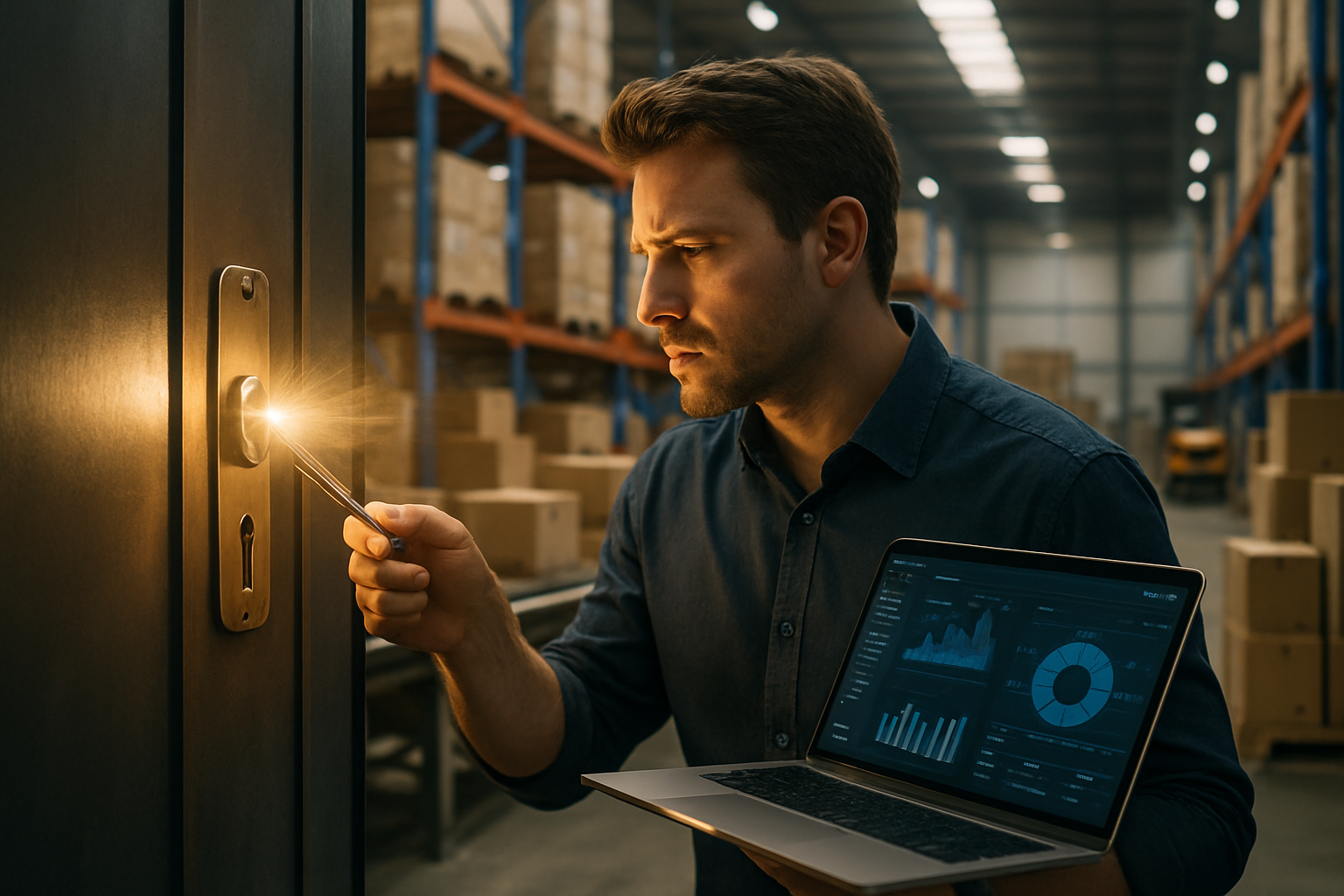Reverse Logistics: Redefining Value in Industrial Returns
Reverse logistics, often overlooked in the industrial landscape, is emerging as a critical component of operational efficiency and sustainability. This process of managing product returns, repairs, and recycling is transforming how businesses approach their supply chains and customer relationships. As industries grapple with increasing consumer demands and environmental pressures, reverse logistics offers a pathway to recapture value, reduce waste, and enhance brand loyalty. This article delves into the intricacies of reverse logistics, exploring its impact on industrial operations and its potential to revolutionize business models across sectors.

Today, reverse logistics has evolved into a sophisticated system that encompasses not only returns but also refurbishment, remanufacturing, and recycling. Companies are leveraging advanced technologies like IoT sensors and AI-driven analytics to streamline these processes, turning what was once a cost center into a potential profit generator. This evolution reflects a broader shift in business thinking, where the lifecycle of a product extends far beyond the point of sale.
Strategic Importance in Modern Industry
The strategic importance of reverse logistics cannot be overstated in today’s industrial landscape. It plays a crucial role in several key areas:
-
Cost Reduction: Efficient reverse logistics can significantly cut operational costs by reclaiming valuable materials and components from returned products.
-
Customer Satisfaction: A smooth returns process enhances the overall customer experience, fostering loyalty and repeat business.
-
Sustainability: By facilitating the reuse and recycling of products, reverse logistics contributes to a company’s sustainability efforts, aligning with growing environmental concerns.
-
Data Insights: The return process provides valuable data on product performance and customer preferences, informing future design and marketing strategies.
-
Competitive Advantage: Companies with strong reverse logistics capabilities can differentiate themselves in crowded markets, offering superior service and demonstrating environmental responsibility.
Implementing Effective Reverse Logistics Systems
Implementing an effective reverse logistics system requires a holistic approach that touches multiple aspects of a business. The first step is often a thorough assessment of current return processes, identifying bottlenecks and inefficiencies. This analysis should inform the development of a comprehensive strategy that aligns with overall business goals.
Key components of a successful implementation include:
-
Streamlined Return Policies: Clear, customer-friendly policies that balance consumer needs with business realities.
-
Technology Integration: Leveraging software solutions for tracking, processing, and analyzing returns.
-
Partner Collaboration: Working closely with suppliers, distributors, and third-party logistics providers to ensure seamless operations.
-
Employee Training: Equipping staff with the skills and knowledge to handle returns efficiently and effectively.
-
Continuous Improvement: Regularly reviewing and refining processes based on performance data and feedback.
Challenges and Opportunities
While the benefits of reverse logistics are clear, implementing and maintaining an effective system is not without challenges. One of the primary hurdles is the unpredictable nature of returns, which can complicate inventory management and forecasting. Additionally, the costs associated with transportation, inspection, and processing of returned items can be significant.
However, these challenges also present opportunities for innovation. Companies are exploring novel solutions such as:
-
Predictive Analytics: Using historical data and machine learning to forecast return patterns and optimize inventory levels.
-
Localized Return Centers: Establishing regional hubs to reduce transportation costs and processing times.
-
Automated Inspection Systems: Employing robotics and computer vision to speed up the assessment of returned items.
-
Circular Economy Initiatives: Designing products with recyclability and refurbishment in mind, facilitating easier reintegration into the supply chain.
The Future of Reverse Logistics
As we look to the future, reverse logistics is poised to play an even more central role in industrial operations. The growing emphasis on sustainability and circular economy principles will likely drive further innovations in this field. We can expect to see increased integration of reverse logistics considerations into product design, with manufacturers creating goods that are easier to repair, refurbish, and recycle.
Moreover, the rise of the sharing economy and product-as-a-service models may further blur the lines between forward and reverse logistics, creating more fluid and dynamic supply chains. This shift could lead to new business models centered around product lifecycles rather than single-point sales.
Industrial Insights for Optimizing Reverse Logistics
• Implement a robust tracking system to monitor the entire lifecycle of products, including returns and refurbishments.
• Invest in staff training to ensure efficient handling of returns and proper assessment of product condition.
• Consider partnerships with specialized reverse logistics providers to leverage their expertise and infrastructure.
• Analyze return data to identify patterns and potential product improvements.
• Explore innovative packaging solutions that facilitate easy returns while minimizing environmental impact.
In conclusion, reverse logistics represents a paradigm shift in how industries approach product lifecycles and customer relationships. By embracing this concept, businesses can unlock new sources of value, enhance their sustainability credentials, and build stronger connections with consumers. As the industrial landscape continues to evolve, those who master the intricacies of reverse logistics will be well-positioned to thrive in an increasingly circular economy.





